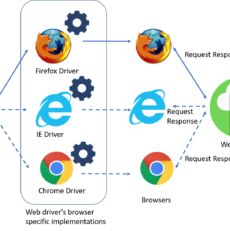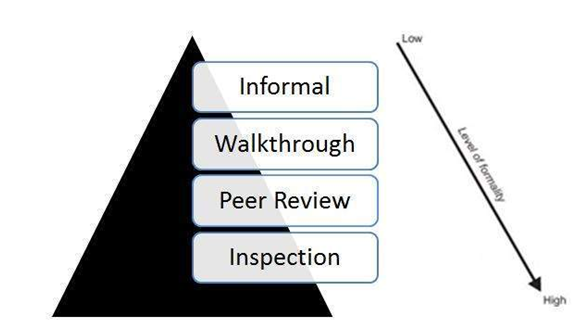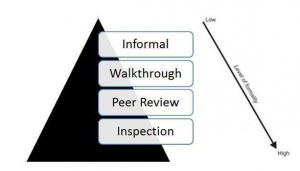
2023-02-13
KHOÁ HỌC AUTOMATION TEST CHO WEBSITE- sử dụng Selenium WebDriver với Java Basic To Advanced
0986775464

Chúng tôi tiếp tục gửi đến các bạn bản tóm tắt ISTQB foundation của chị Tạ Thị Thinh giảng viên 3 năm kinh nghiệm đào tạo ISTQB
Xem nội dung tóm tắt chương 1
Xem nội dung tóm tắt chương 2
CHAPTER 3: Static Techniques (K2)
3.1 Reviews and the test process
Typical defects that are easier to find in reviews than in dynamic testing include: deviations from standards, requirement defects, design defects, insufficient maintainability and incorrect interface specifications.
3.2.1 Activities of a Formal Review (K1)
A typical formal review has the following main activities:

3.2.2 Roles and Responsibilities (K1)
Manager
Moderator
Reviewer
Author
Scriber
3.2.3 Types of Reviews (K2)

| Stage | Informal | Walkthrough | Technical review | Inspection |
| Planning | No | Yes | Yes
Optional management |
Yes |
| Kick-off | No | Yes | Yes | Yes |
| Individual preparation | No | Option | Yes
Option checklist |
Yes |
| Review meeting | No | Yes | Yes | Yes |
| Re-work | No | Yes | Yes | Yes |
| Follow up | No | Option review report with list of findings | Yes | Yes
Metrics gathering Report with list of finding Evaluate exit criteria |
3.2.4 Success Factors for Reviews (K2)
3.3 Static Analysis by Tools (K2)
The value of static analysis is:
– Early detection of defects prior to test execution
– Early warning about suspicious aspects of the code or design by the calculation of metrics, such as a high complexity measure
– Identification of defects not easily found by dynamic testing
– Detecting dependencies and inconsistencies in software models such as links
– Improved maintainability of code and design
– Prevention of defects, if lessons are learned in development
Typical defects discovered by static analysis tools include
– Referencing a variable with an undefined value
– Inconsistent interfaces between modules and components
– Variables that are not used or are improperly declared
– Unreachable (dead) code
– Potentially infinite loops
– Overly complicated constructs
– Programming standards violations
– Security vulnerabilities
– Syntax violations of code and software models
Compilers may offer some support for static analysis, including the calculation of metrics
Ngoài ra bạn có thể download nhiều tài liệu hay khác về testing theo link sau: http://bit.ly/2r3szBD
Leave a comment